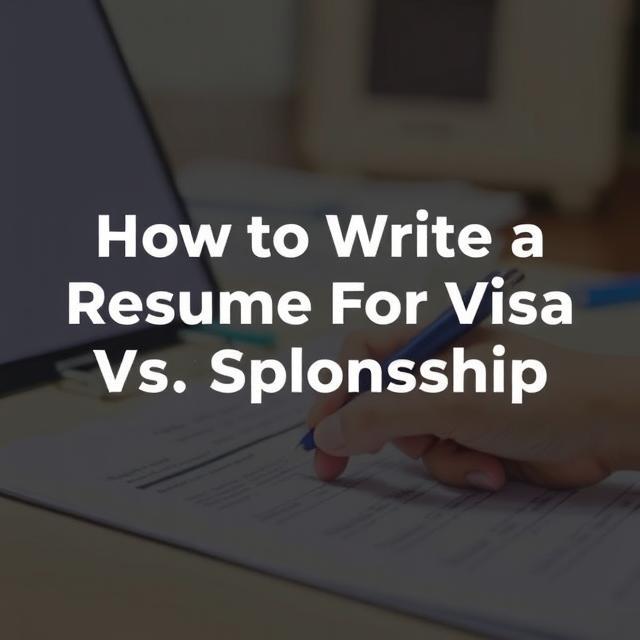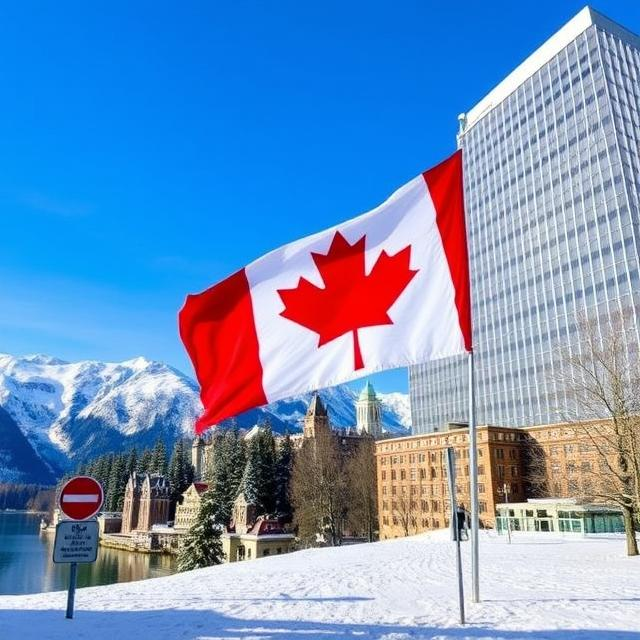Securing a work visa sponsorship in the USA involves several steps, and it can vary depending on the type of visa you’re seeking. The most common work visas are H-1B (for specialized workers), L-1 (for intra-company transferees), O-1 (for individuals with extraordinary abilities), and others. Here’s a general process for securing a work visa sponsorship in the USA:
1. Identify the Right Type of Visa
There are different types of work visas, each with specific eligibility requirements. Some of the most common are:
- H-1B Visa: For professionals with a specialty occupation (typically requiring at least a bachelor’s degree or its equivalent).
- L-1 Visa: For intra-company transfers (if you already work for a multinational company).
- O-1 Visa: For individuals with extraordinary abilities in fields like science, arts, education, business, or athletics.
- TN Visa: For citizens of Canada or Mexico under the USMCA (formerly NAFTA) agreement, for certain professional jobs.
- E-2 Visa: For individuals investing in a U.S. business.
Tip: Research which visa aligns best with your career goals and qualifications.
2. Find a U.S. Employer Willing to Sponsor You
To get a work visa, you need a U.S. employer to sponsor you. This means that the employer has to file a petition on your behalf, showing that you’re qualified for the job and that no qualified U.S. workers are available to fill the position.
Steps:
- Job Search: Apply for jobs that are eligible for work visa sponsorship. Some job postings explicitly mention visa sponsorship.
- Networking: Attend industry events, job fairs, and online networking groups. Sometimes, referrals or personal connections can lead to employers who are willing to sponsor.
- Target Large Employers: Many large companies have the resources and experience to sponsor work visas. Tech companies, healthcare institutions, universities, and multinational companies are some examples.
3. Understand the Employer’s Role in Sponsorship
The process of obtaining a work visa requires the employer to complete certain steps, including:
- Filing a Labor Condition Application (LCA) with the U.S. Department of Labor (DOL) for H-1B visas.
- Submitting a Form I-129 petition with the U.S. Citizenship and Immigration Services (USCIS).
- Providing evidence that the position requires a specific skill set or level of education.
4. Meet the Eligibility Requirements
Each visa type has specific requirements you must meet. For example:
- H-1B: You need a degree or its equivalent in a specialized field, and the job must require that level of expertise.
- L-1: You need to have worked at least one year for a multinational company in the past three years.
- O-1: You must demonstrate extraordinary skills, such as a history of achievements in your field (awards, publications, etc.).
5. Prepare Necessary Documents
Your employer will guide you on what documents are needed, but you should be ready to provide:
- Proof of education (degrees, transcripts).
- Proof of relevant work experience (letters of recommendation, previous job roles).
- Resume/CV.
- Passport and visa application forms.
6. Submit the Petition
After your employer completes their part, they will submit the petition to the appropriate authorities. If applying for an H-1B visa, the process is more competitive since there is a cap on the number of visas issued each year. Employers must file their petitions during the application period (usually in April for the next fiscal year).
7. Attend the Visa Interview (if applicable)
If the petition is approved by USCIS, you may need to attend an interview at a U.S. embassy or consulate in your home country. You’ll need to bring the petition approval notice (Form I-797), your passport, and any other required documentation.
8. Wait for Approval
After your visa interview, if all goes well, you will be issued a work visa, and you can then travel to the U.S. to start your employment.
9. Maintain Your Status
Once you are in the U.S. on a work visa, ensure you comply with all visa regulations, such as working only for your sponsoring employer and maintaining your legal status by renewing your visa when necessary.
Important Considerations:
- Timing: The visa application process can be lengthy, so start early. For example, the H-1B visa process starts in April, and the application is subject to a lottery due to high demand.
- Legal Help: Navigating U.S. immigration law can be complex, so working with an immigration attorney might be beneficial to ensure all forms are completed accurately and the process goes smoothly.
Securing work visa sponsorship requires a combination of having the right qualifications, finding an employer willing to sponsor you, and understanding the legal processes involved.






